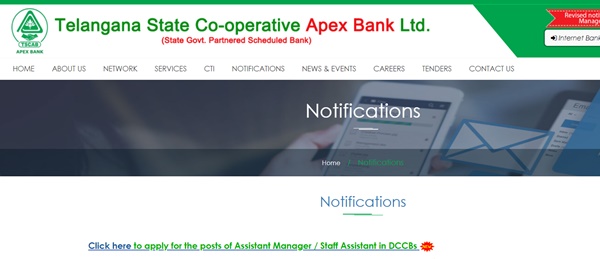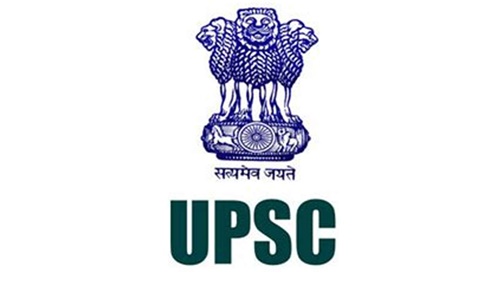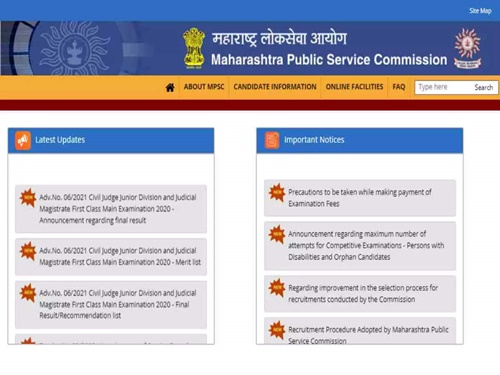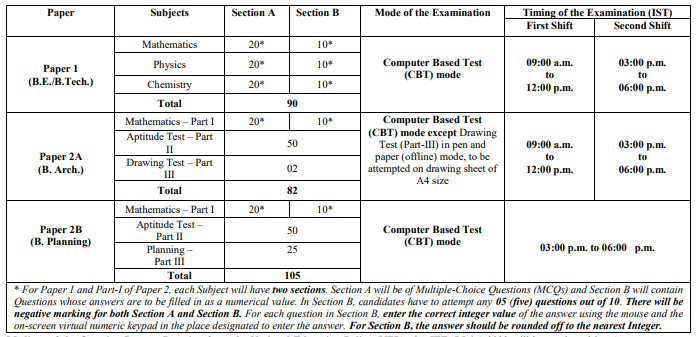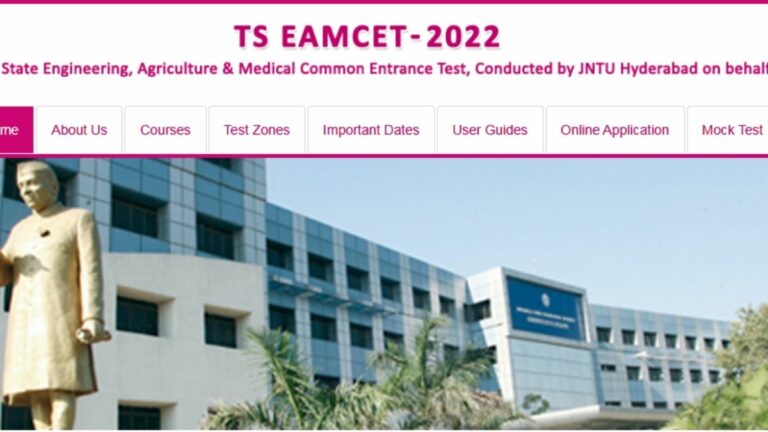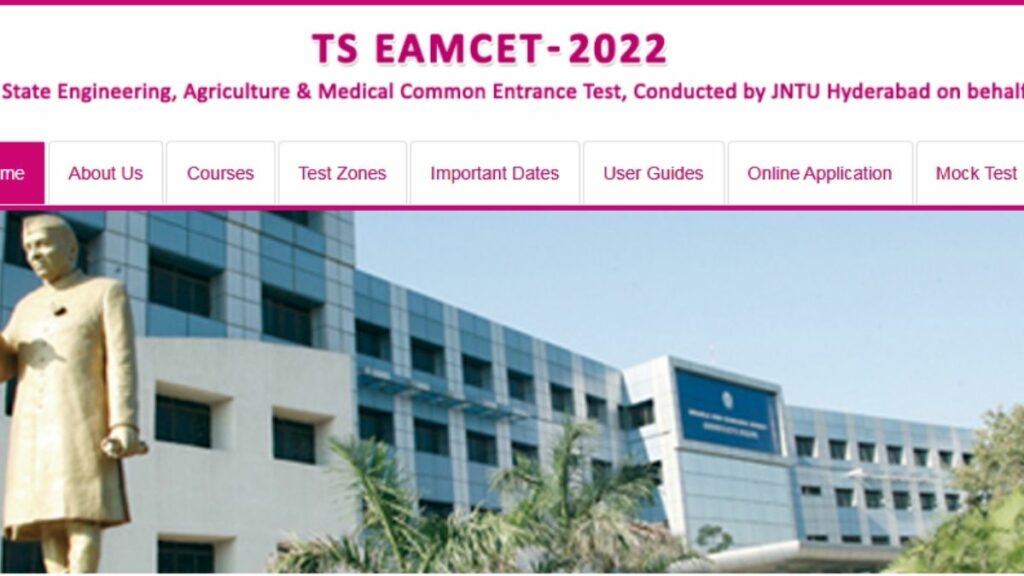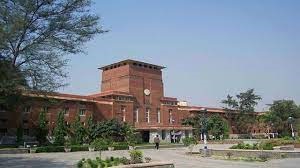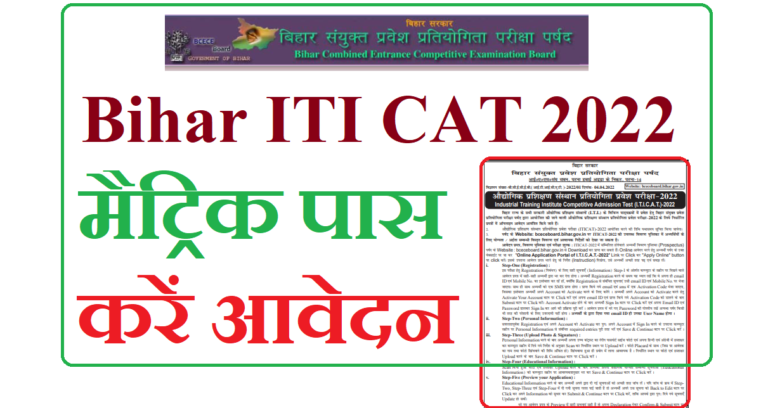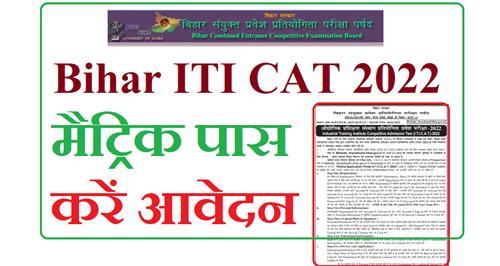UP TET 2022 Result Roll Number Wise/Name Wise For Lower Primary and Upper Primary test, Score Card Download : Uttar Pradesh Basic Education Board has recently conducted the UPTET exam (Uttar Pradesh Teachers Eligibility Test) 2022 i.e., on 23rd January and the results of the UPTET exam will be available on 25th February 2022 which is as per the official sources. So, the candidates who have appeared for the UPTET exam 2022 in level 1 and level 2 papers can stay tuned with the official site till the end of December to check out your results. The complete details of the UPTET Result 2022 are as follows.
Also Check : UPTET Answer Key 2022
UPTET Result 2022 – Download UP TET Score Card, Paper 1, 2 Cutoff Marks, Merit List @ updeled.gov.in
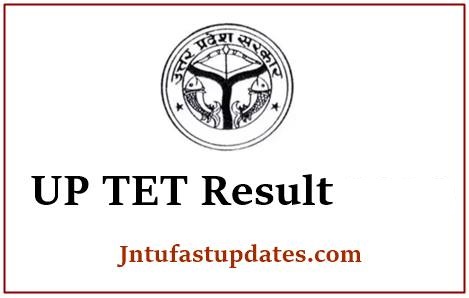
UPBEB UPTET Paper 1 & 2 Results 2022 Release Date :UPBEB is the basic education board which conducts the UPTET exam every year for the eligible aspirants. UPTET exam is conducted to recruit the eligible candidates for the teacher jobs in the Uttar Pradesh State in both primary and the Upper Primary level i.e., in government schools. This year after the release of the notification, lakhs of candidates interested in the teacher jobs has applied for this recruitment before the last date of filling the applications. As per the reports from UP education board this year hugely 7 lakh above candidates were enrolled for UPTET examination.
Details of UPTET Paper 1 & 2 Results 2022, Selection List
| Name of Organization | Uttar Pradesh Basic Education Board (UPBEB) |
| Official Website | upbasiceduboard.gov.in |
| Name of Exam | Uttar Pradesh Teachers Eligibility Test 2022 |
| Examination Date | 23rd January 2022 |
| UPTET Result 2022 Release Date | April 2022 – Expected |
Hugely 14 lakh candidates were applied for UPTET paper 1 while 5 lakh candidates appeared for UPTET Paper 2. The UPBEB has conducted the examination in nearly 858 examination centers across the UP state.
All these candidates have received the Admit card for the UPTET exam and completed the exam successfully on 23rd January 2022 in both primary and upper primary level papers that they have applied. All those candidates are now eagerly waiting for the release of the UPTET results to check out their marks and to know whether they are qualified in the exam or not. As per the official sources, it is said that the UPTET results will be declared On 25th February.
So, candidates are advised to stay patient until that time. Here we will update the information as soon as the results are available on the official website and then candidates can check out them following the procedure or steps given below. Hence, stay tuned with this site for regular updates.
How to Check Uttar Pradesh TET Paper 1 and Paper 2 Result 2022?
- Go to official website updeled.gov.in.
- Now, on the home page of the website, check for the UPTET Exam Results 2022 and then open the link.
- Fill all the required detail such as roll number or registration number and date of birth etc.
- Finally, click on submit to submit those details.
- Finally, your UPTET Scorecard or Results will be displayed on the screen.
- You can check your results; also take a print out of it and save it for your future reference.
UPTET 2022 Merit List District Wise – UPTET Result for Paper 1 & Paper 2 & Cutoff Marks
Along with the UPTET results, the board will also declare the Merit list of the qualified candidates in the UPTET exam 2020 for both paper 1 and paper 2 and they will be available on the official website. Hence, candidates who have qualified in the exam can also refer the merit list to know whether you stand in the merit list or not. Candidates’ who have been listed in the merit list will have more opportunities to get selected for the further rounds and for the final selection criteria of the teacher’s post this year. So, the candidates are advised to know these details along with the merit list.
UP TET Result 2022 for Paper 1 & Paper 2 – Available Soon
UPTET Upper Primary Level Result 2022 – Available Soon
Uttar Pradesh/ UP TET CutOff Marks 2022
Those candidates who have written the UPTET exams this year will be shortlisted based on the cut-off marks that the board has prepared to shortlist the eligible candidates for the further rounds of selection process. Here are the cut off marks for various categories. So, candidates check them out and estimate your expected marks with the help of this cut off marks and the answer key answers that have been issued recently.
UPTET Cut Off marks for SC/ST candidates is 55% i.e. 82 marks and for general candidates, it is 60% i.e., 90 marks for both paper I and paper II. Hence, as the answer key is released check the answers and calculate your marks and check whether you meet the cut-off marks to know whether you are qualified in the exam or not.
- General Category Candidates who secure 60% marks in the examination will qualify for the UPTET Examination.
- Qualifying Marks for The OBC/SC/ST and PWD candidates is 55%.
After the declaration of the UPTET Results, the authority will release the Final Cutoff marks district wise. check below the Expected UPTET Cutoff Marks by Category wise:
| Category | Cut Off Marks (Expected) | Minimum Total Marks |
|---|
| General | 60% | 150 |
| Other Backward Classes (OBC) | 55% | 82 |
| Scheduled Caste (SC) | 55% | 82 |
| Scheduled Tribe (ST) | 55% | 82 |
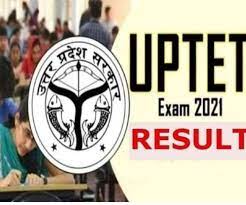

320-x100(1).gif)

